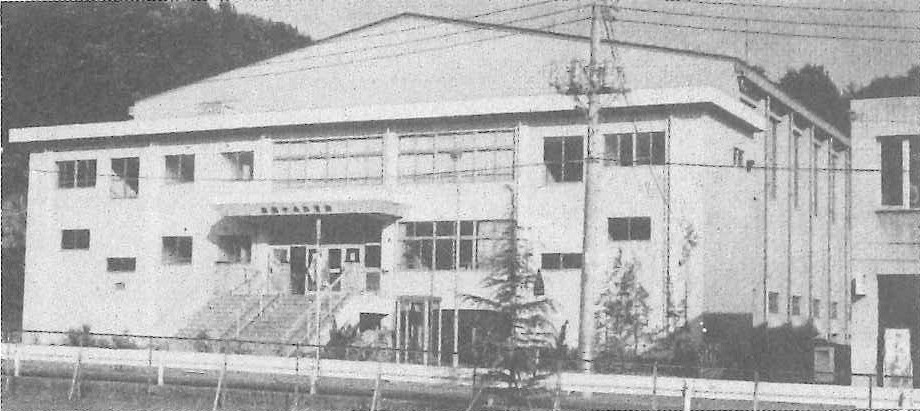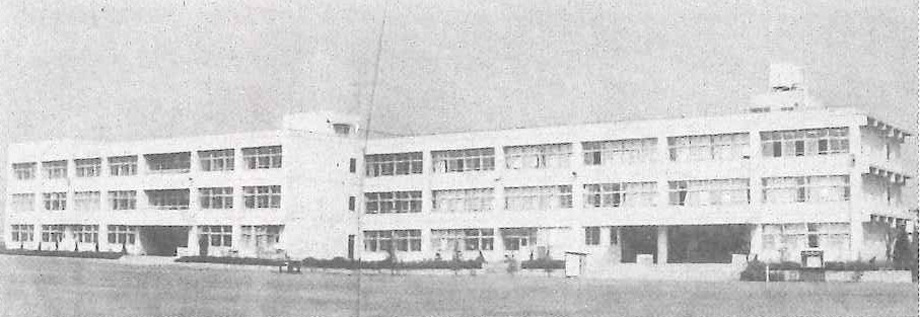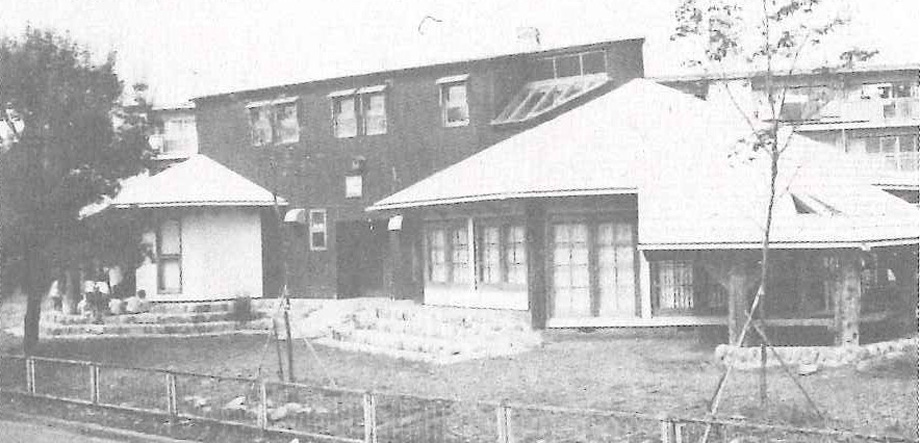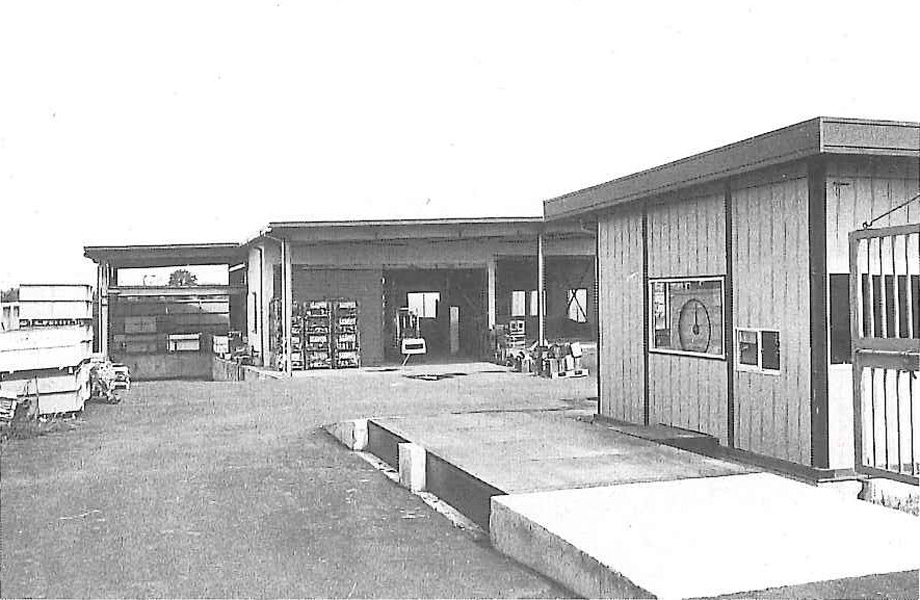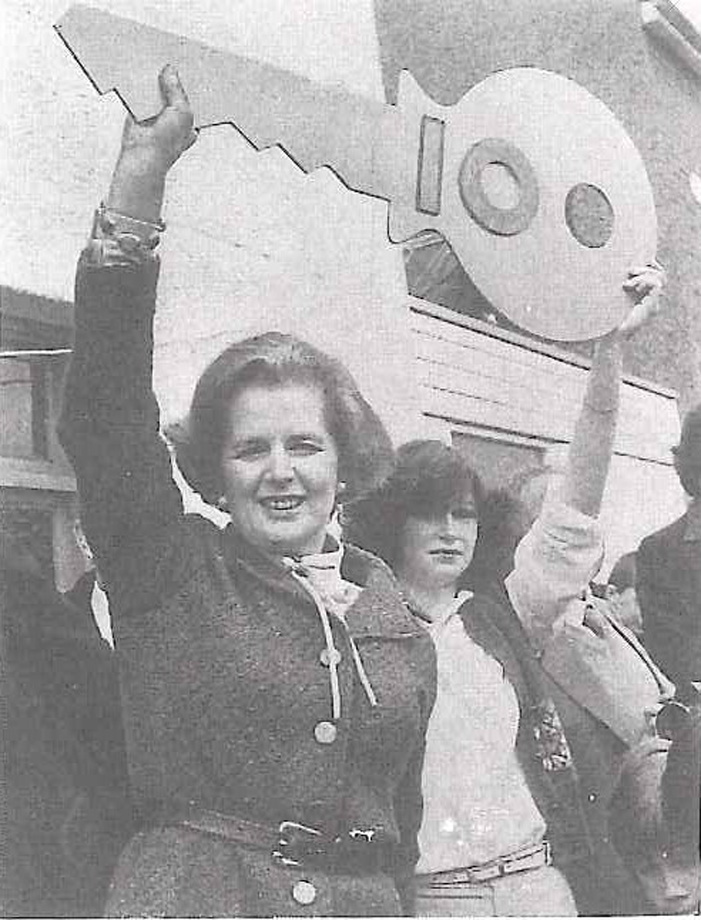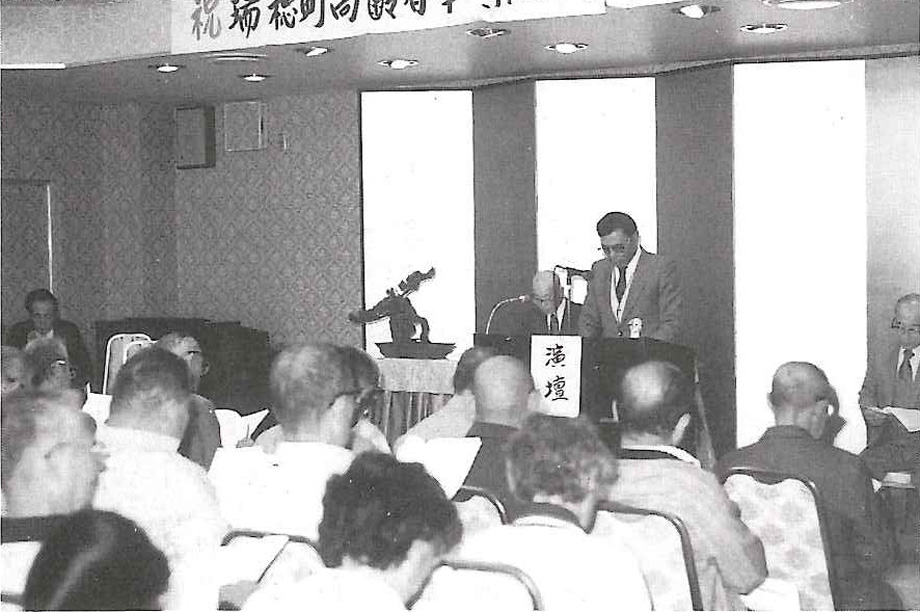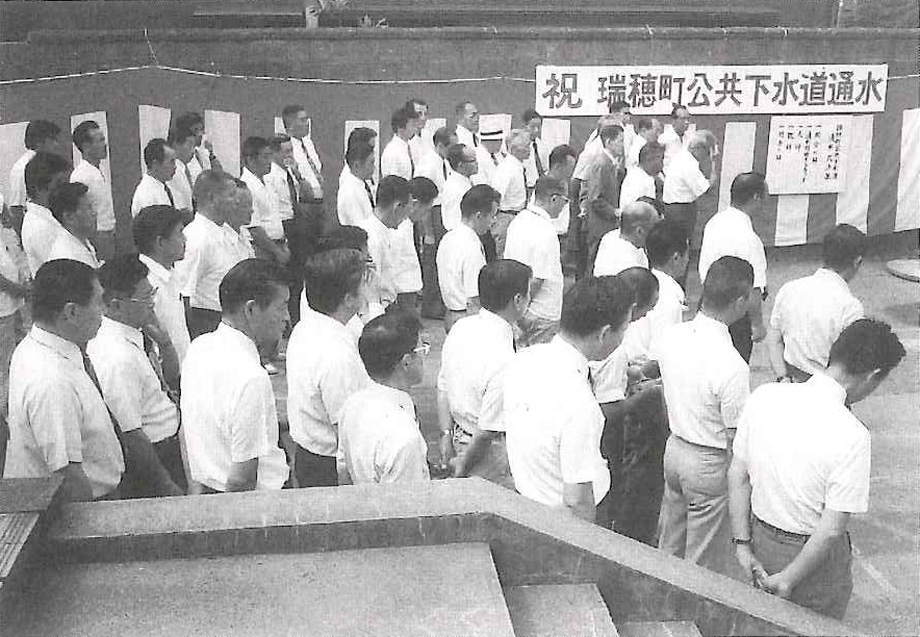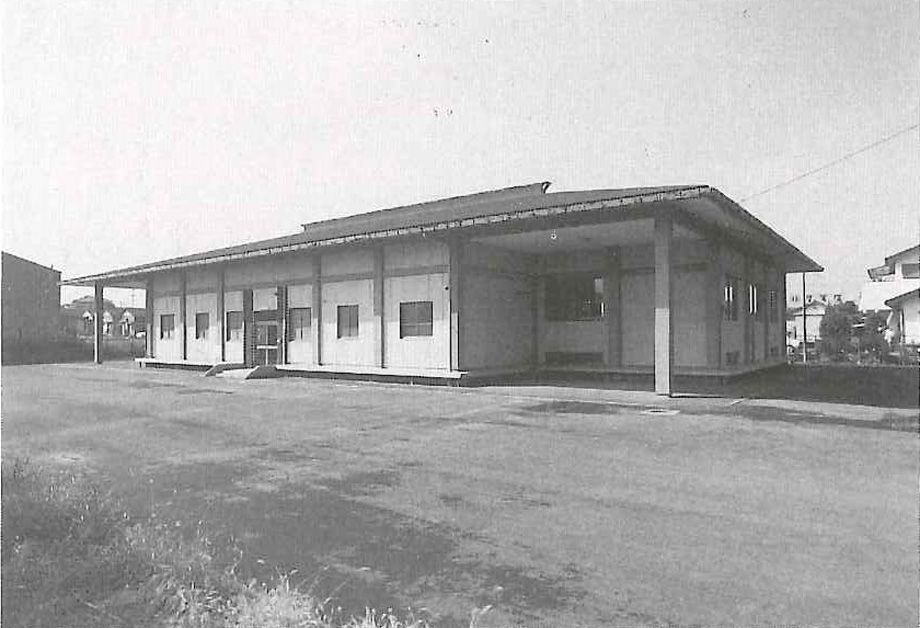| 川砂利採取が禁止されると、昔の多摩川の河床であった町内の畑や山林を掘って砂利を求める業者が現われました。 | When the river gravel mining was prohibited, traders appeared who dug for gravel in the town's crop fields and forests which had once been part of the Tama River’s riverbed. |
| 経済活動の活発化に伴い、ゴミの大量な発生が問題となり、砂利穴は手頃の処分場と目をつけられ、各地からダンプに満載されたゴミが持ちこまれ、悪臭、ハエ、有害鳥の発生、水質汚染が問題となりました。「クリーンみずほ」を合言葉にゴミ分別収集、産業廃棄物対策が進められました。 | With the acceleration of economic activity, the large amount of waste being generated became a problem. The gravel pits were viewed as handy disposal sites and dump trucks fully laden with garbage came from all over the district. As a result, there were significant problems with the stench, flies, nuisance-causing birds, and water pollution. Under the banner of "Clean Mizuho", we started a presorted-garbage collection, and pushed forward with industrial waste measures. |
| 53年には「心のふれあう町をつくろう」をキャッチフレーズにした〈瑞穂町まちづくり総合計画〉がスタート。スポーツや文化の振興、クリーンな環境の整備をテーマに、郷土資料館・むさしの子供の家・むさしの会館などの会館や、中央体育館・町営グランドナイター施設オープン、町の花木鳥の決定、クリーンみずほセンターの開所、文化の森「六道山公園」開園、狭山池公園整備工事着工など、具体的な事業が積み重ねられてゆきます。 | In 1978, the "Mizuho town development comprehensive plan" was started under the banner: "Let's make this the town where people come together".Under the theme of promoting sports and culture and developing a clean environment, we made continuing progress on various specific projects. Those new developments were: opening of the Kyo-do Museum (Museum of Local History and Culture) , Musashino Children’s House, Musashino Hall, the Central Gymnasium, Municipal Sports Ground night game facility, the Clean Mizuho Center and the forest-culture "Mt. Rokudo Park"; designating the town's symbols (flowers, trees, and a bird); and the development of Sayama Pond Park. |
| また、西部地区の土地区画整理事業も進められました。 | In addition, the land readjustment project in the western district was also pushed forward. |
昭和50年代 Showa 50s (1975-1984)

